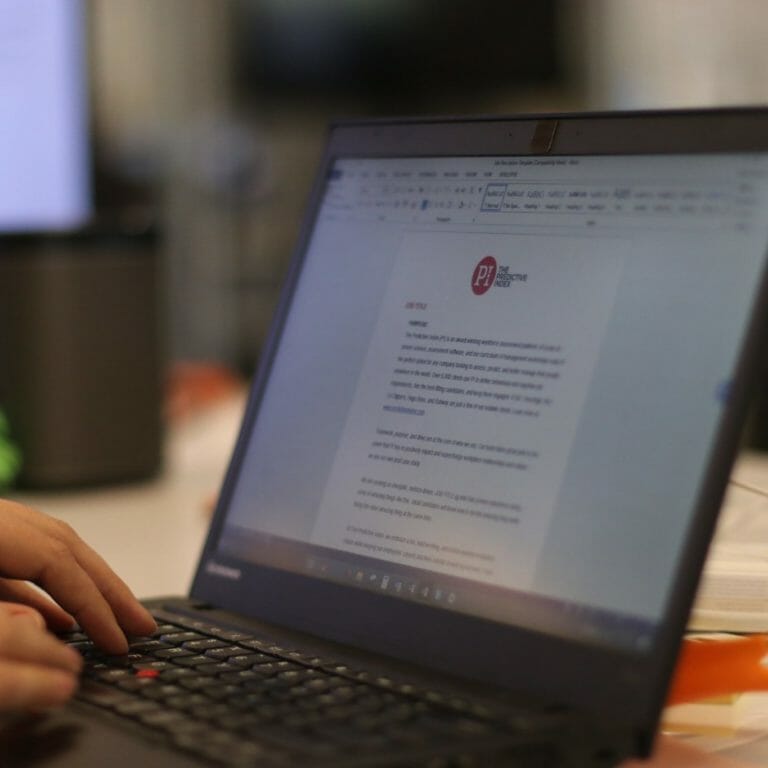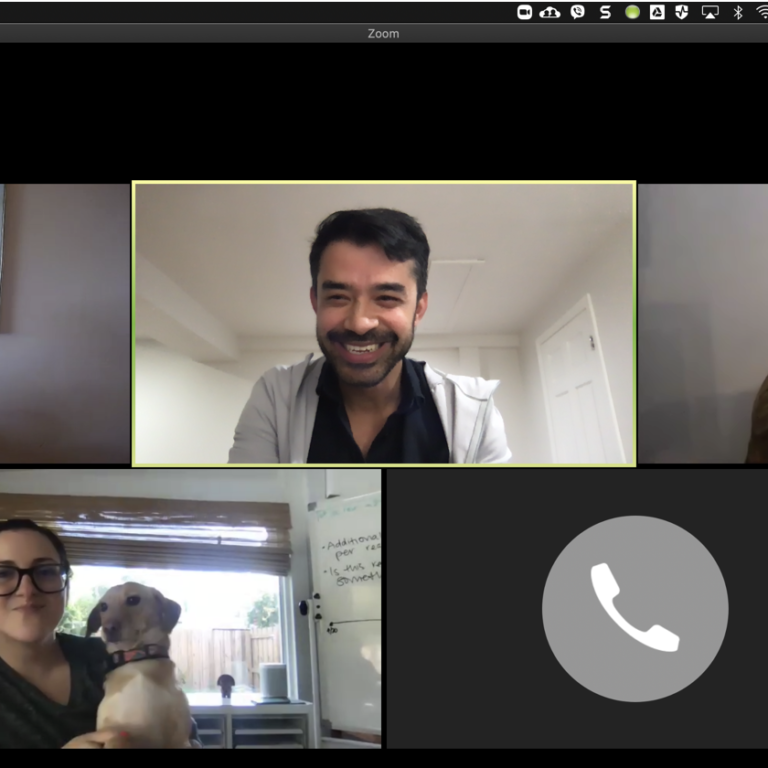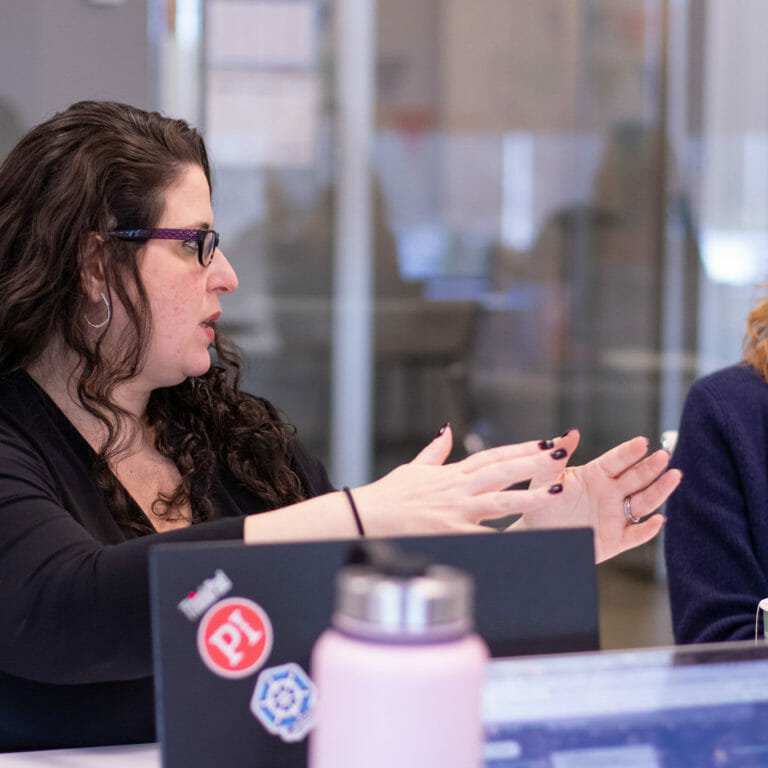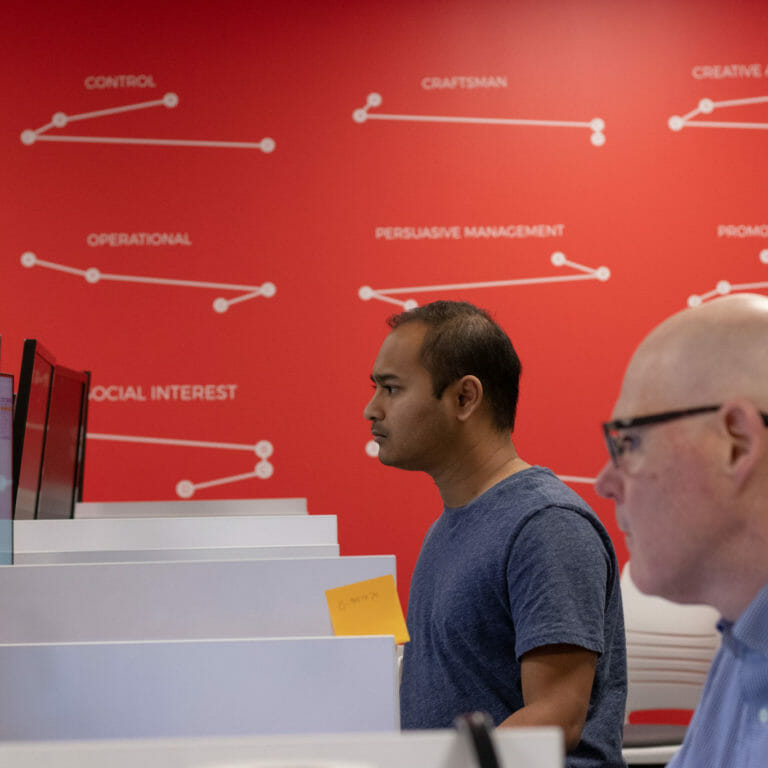
Tips for employee training when teams go remote
Employee training doesn’t stop just because of COVID-19. Here are some tips on how to keep your training programs on track when your team is remote.

Employee training doesn’t stop just because of COVID-19. Here are some tips on how to keep your training programs on track when your team is remote.

One of the most practical ways to evolve is by developing leadership capacity in yourself and other executives.

In any time of heightened pressure, our instinct is to revert to our most natural behaviors.

The spotlight is on executives to communicate effectively during this crisis.

In this new reality, it’s important to have great remote team communication. Follow these steps to keep your team in sync—and navigate today’s challenges.

When your workforce goes remote, work-life balance can become a major challenge. Here are five things you can say to your employees to help.

Remote management has its own set of distance-related challenges—and in these anxious times, added complexities. Here are five best practices for managers.

COVID-19 has forced companies to reduce spending and reassess the tools available to them. Here are some tips on how to conserve resources in the workplace.

The essence of disaster management includes how to acknowledge, and adapt to a highly fluid situation.

Manufacturing has experienced rapid growth, but not without some issues. Here are four common problems in the manufacturing industry, and how to solve them.

How does The Predictive Index test work? Learn how to use PI’s cognitive and behavioral assessments for hiring and beyond.

Employees are the main reason your system implementation will succeed or fail. Here are six tips for getting your people on board with the change.

If you want to tackle your goal of improving forecast accuracy, you need to look through a people lens. Here are 3 steps you can take.

Why do so many people struggle to increase team cohesion? Because they’re missing the underpinning of teamwork: an understanding of each other.